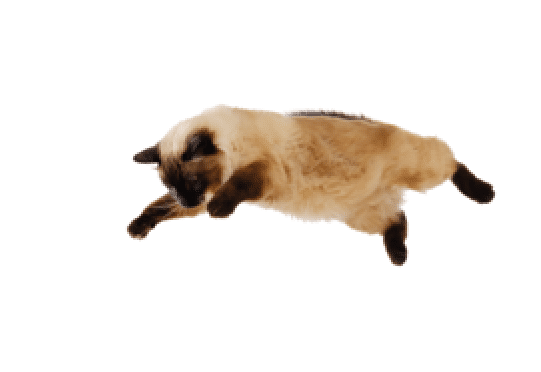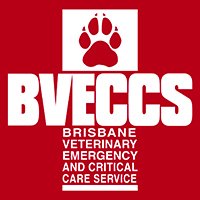Blog
What is High-Rise Syndrome?
By: BVECCS Admin
On: May 22, 2018

Fortunately, our emergency vets here at BVECCS don’t see very many cases of high-rise syndrome. However, with more and more people living in high-rise apartments in Brisbane and surrounds, there will be more potential for this to occur.
High-rise syndrome refers to the injuries that a cat sustains from falling from a height of more than 2 stories (i.e. higher than 7 to 9m).
Balconies and unscreened windows present the greatest risk, but falls can happen with adventurous cats from trees or fences. Typically they don’t jump, but rather fall either when startled by a loud noise (think about a door slam, the blender or the vacuum starting up) or are distracted by a bird or butterfly. They are very adept at climbing trees, but concrete buildings & windowsills do not offer the same opportunities for a cat to cling to with their claws as bark does. Kittens can also be more prone to falls due to their inexperience and curiosity.
The amazing survival of some cats was first noticed in New York in the 80s. The vets noticed that cats seemed to survive falls from heights better than humans or dogs, and seemed to suffer less serious injuries when falling from greater heights as opposed to falls from shorter heights. They found 90% of their cases survived with intensive care.
Cats have a unique ability to quickly compensate for rolling and tumbling and achieve a feet-first falling posture. This is because a cat with limbs outstretched would reach terminal velocity while falling at around a height of 5 stories. When they no longer sense acceleration, they are able to relax and bend their limbs, and this helps to absorb some of the energy of deceleration.
Most Common High-Rise Syndrome Injuries
Although any number of injuries are possible from high-rise syndrome, the most common are;
– Chest injuries
– Head and facial injuries.
– Limb fractures.
– Internal injuries/bleeding
The specific injuries sustained by high-rise syndrome depend a lot on how far they have fallen, in what position and the surface they have landed on.
Treatment for High-Rise Syndrome
If you witness your cat fall from a height, take it immediately to a veterinary clinic. Take great care when moving an injured cat, so you do not cause any further damage. There are a lot of potential injuries that they may have sustained and, many are not likely to be obvious to you. The sooner your cat can be assessed, the better their chance for survival.
Your cat will likely be in severe pain. Do not be tempted to give any pain medications from your medicine chest at home as this can be catastrophic for cats, and they may be contraindicated with the medications we can administer when they arrive at the hospital.
A cat who has fallen from a height will be expected to be in shock from the trauma and will require stabilisation with fluids, oxygen and pain relief before they can be thoroughly assessed.
Investigation for injuries caused by high-rise syndrome will likely include radiographs to look for rib fractures, pulmonary contusions, diaphragmatic hernia, and limb fracture, as well as ultrasound to look for internal bleeding.
Prevention of High-Rise Syndrome
Fortunately, high-rise syndrome can often be prevented.
Some suggestions for minimising the risk of high-rise syndrome include:
- Don’t leave your pets on a balcony unattended.
- Move furniture and tall items away from the railings to avoid them jumping up.
- Consider a cat enclosure as this can allow a safe space for play.
- Secure and well-fitted window fly screens (test them to ensure they aren’t easy to pop out)
- Open windows up high and leave the lower windows closed.
BVECCS Your Brisbane Emergency Vets
If, at any time when your usual vet is closed your pet seems to be in pain, limping or have laboured breathing, (or you suspect that he or she may have had a fall), please bring your pet to our emergency vet clinic. We will thoroughly examine your cat, and provide any treatment and care that they need.







